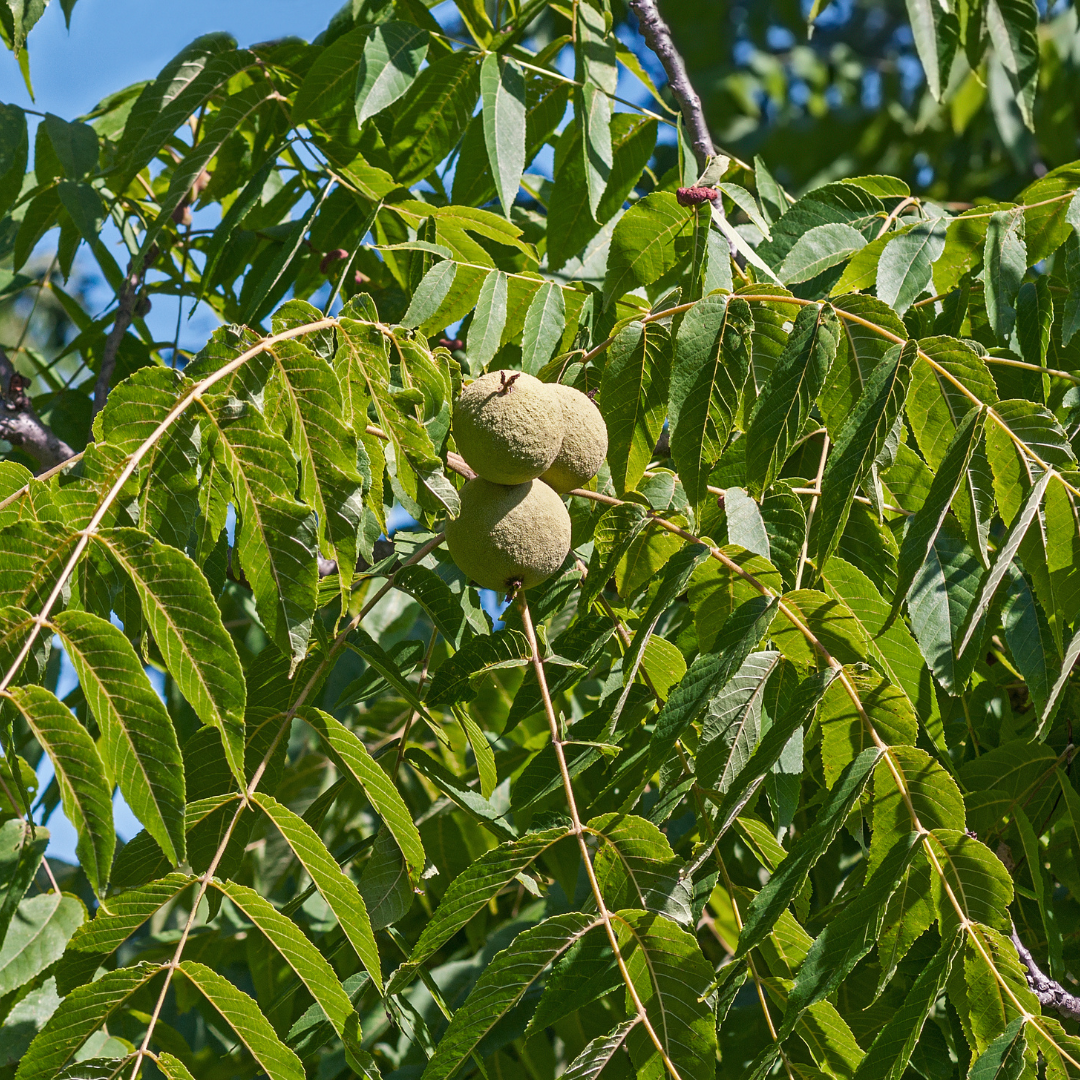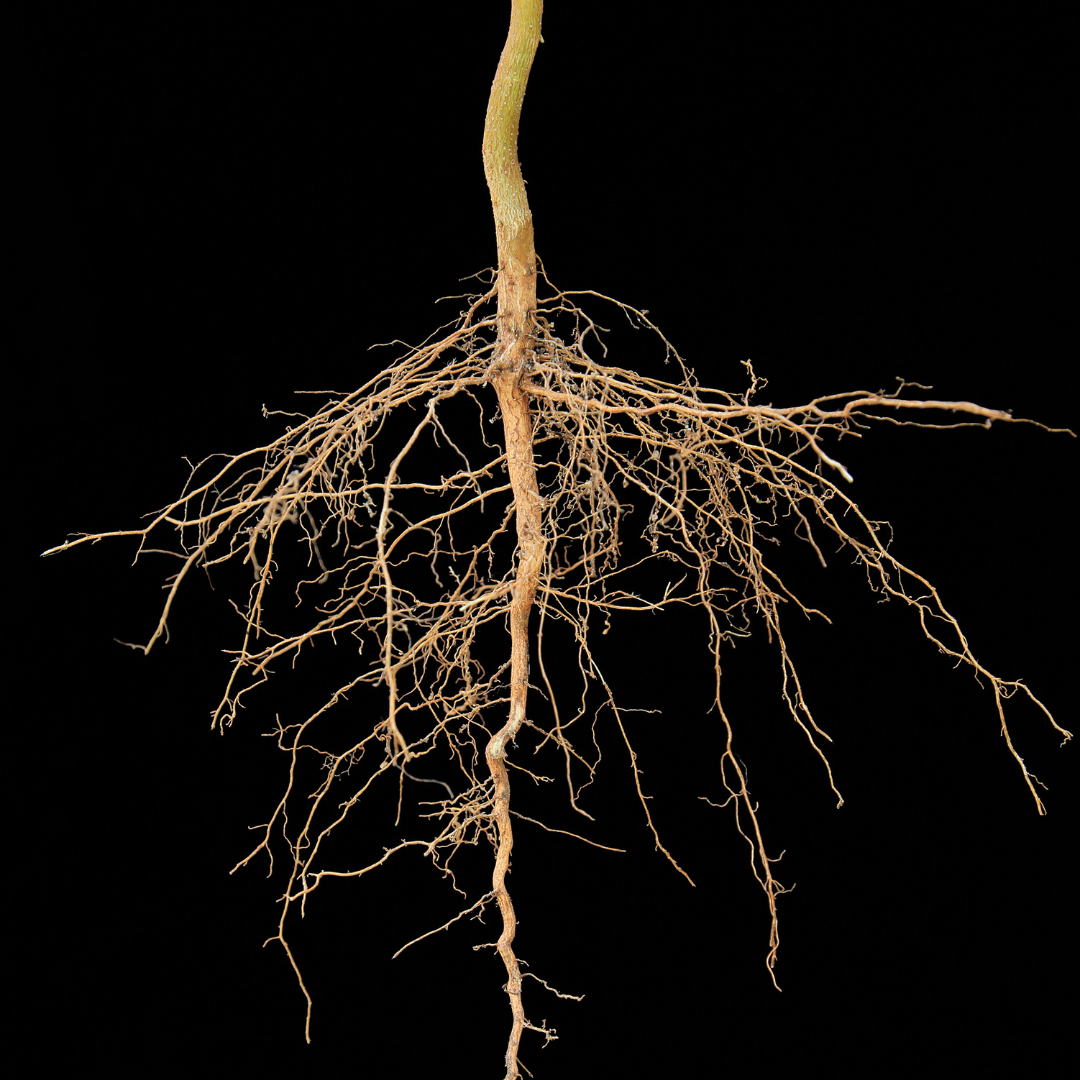Black Walnut Bareroot Trees
Black Walnut Bareroot Trees
Couldn't load pickup availability
The Black Walnut tree, or Juglans nigra, is not only a magnificent shade tree but also a valuable asset for its rich, dark wood often sought after in woodworking. Particularly fine specimens are worth thousands as veneer logs. Native to the eastern and central US, this tree produces distinctive round nuts that have both culinary and medicinal uses. While its deep roots make transplantation a task for the young trees, once established, the Black Walnut stands as a testament to nature's grandeur. Beyond its aesthetic appeal, its wood's value, and its nuts' benefits, this tree plays a role in the ecosystem, offering food and shelter to various wildlife. Whether for its economic, ecological, or ornamental value, the Black Walnut tree is undeniably a treasure of the forest.
Scientific Name: Juglans nigra
Hardiness Zones: 4-9
Alternative Names: American Black Walnut, Eastern Black Walnut
Mature Size: Typically reaches heights of 70-100 ft. with a canopy spread of 50-75 ft.
Growing Conditions:
- Origin: Native to the eastern and central United States.
- Transplanting: Best transplanted in its juvenile stage. Mature trees can be more challenging to relocate due to their deep taproot.
- Sunlight: Prefers full sun.
- Soil: Thrives in deep, rich, well-drained soils but can tolerate a variety of soil types.
- Tolerance: Moderately drought-tolerant once established.
Features:
- Foliage: Compound leaves with a length of 1-2 ft., consisting of 15-23 leaflets.
- Bark: Thick, dark brown to gray-black, with deep furrows and ridges.
- Nuts: Produces round, large nuts enclosed in a green husk that turns brown and wrinkled as it matures.
- Wood: Prized for its rich, dark, and fine-grained wood. Frequently used in furniture, cabinetry, and veneer.
- Uses: Often planted as a shade tree and for its valuable timber. When these husks are crushed and soaked in water, they release a dark, brown dye. This dye can be used to stain wood, fabric, and other materials. However, its roots release a substance called juglone which can inhibit the growth of certain other plants nearby.
Medicinal Uses:
Historically, various parts of the Black Walnut tree, particularly the hulls of its nuts, have been used for medicinal purposes. The hulls were often turned into a tincture or extract and used as an antiparasitic treatment. Additionally, they have been utilized for their antifungal and antibacterial properties. While these traditional uses are noteworthy, it's always advisable to consult a healthcare professional before using any plant for medicinal purposes.
Wildlife Attraction:
Black Walnut trees provide sustenance for a variety of wildlife. Squirrels, in particular, are fond of the nuts, as are several bird species. The tree's foliage offers shelter and nesting opportunities for birds and its flowers attract pollinators during the blooming season.
Bareroot trees come with 1-2 ft tops. Although small, they establish fast and if instructions are followed, will catch up and surpass larger burlap and ball trees.
Non-GMO Commitment: At Growing Farmers and The Farm on Central, all our plants are guaranteed non-GMO and not genetically modified in any way, upholding natural breeding methods and promoting sustainable gardening and farming practices.
Conventionally grown bare-root whip








